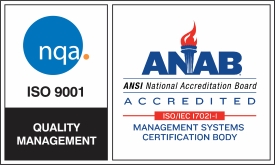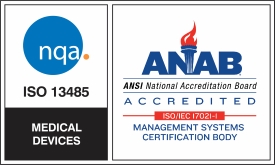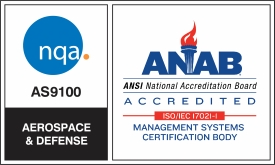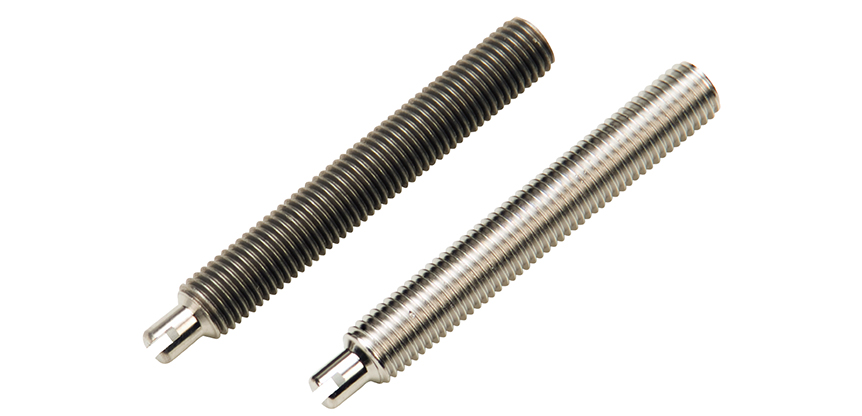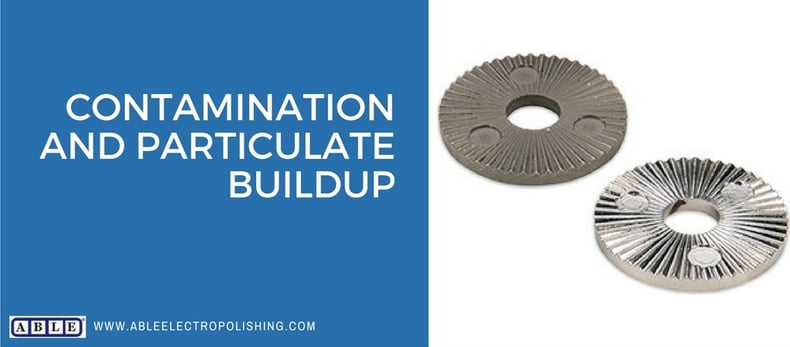
Contamination and particulate buildup are major concerns for manufacturers of components used in nearly any industry. From part performance issues to biocompatibility issues, contamination on parts is a critical matter for manufacturers.
Sources of Contamination
Contamination can be introduced in a variety of ways and at different steps in the manufacturing process. Some of the most common sources of contamination include the following:
- Tooling: Carbon steel, which is commonly used for tooling, can contaminate stainless steel parts with free iron.
- Shop Contamination: Parts can become contaminated with machining lubricants, grease and dirt during the manufacturing process.
- Secondary Operations: Secondary operations like blasting, tumbling, lapping and mechanical polishing can also introduce exogenous materials to your stainless steel parts.
Although stainless steel is passive and non-corrosive by nature, contaminants introduced through the various manufacturing operations can interfere with the formation of the passive film on the surface and greatly compromise the corrosion protection.
Concerns with Contamination
Contamination is a major concern especially for those industries that deal with sanitary products., Contamination and particulate buildup can lead to part underperformance, biohazards and biocompatibility issues. Industries that are greatly concerned with contamination and particulate buildup include:
Medical Industry
Contamination in the medical industry is perhaps the most well documented and understood. The major risks for the medical industry include biocompatibility issues as well as foreign particulate transfer to patients. Sanitation is important and cannot be compromised. Whether it’s a surgical instrument or component used in an implantable device, contamination is a critical issue for the industry where patient safety is a high priority.
Pharmaceutical Industry
For the pharmaceutical industry, a clean platform is required for mixing medications, whether in liquid or tablet form. Avoiding the introduction of foreign particulate is a major priority for pharmaceutical companies. Any potential contamination can affect not only drug effectiveness but also cause potential health risk to patients.
Food Industry
Similar to the medical industry, the transfer of contaminants is critical in the food industry. From meat and poultry processing plants to restaurants and kitchen appliances, it’s critical to avoid contamination and particulate buildup on components. Contaminants that become part of the food chain can easily become a health hazard for consumers.
Since the majority of tools in the food industry are re-used, the cleanability of parts is critical to ensure no cross-contamination between foods or products. A clean, smooth surface prevents adhesion or product buildup to improve cleanability and sanitation. This greatly impacts dairy plants, meat and poultry processing plants and food and beverage plants. From blades to racks, it’s important to prevent particulate buildup to ensure cleanability and reduce the risk of cross contamination and bacteria growth.
Laser and Photonics
In the laser and photonics industry, contaminants and particulate buildup can result in performance issues. Contaminants can greatly affect conductivity, especially in critical areas. Contamination on parts that are used to conduct electricity, such as contacts and other electrical components made out of copper, will prevent the current flow. Contamination can interfere with the function of components.
Many other industries can also suffer from contamination issues. Function, cycle life and contaminant transfer are all concerns for part manufacturers.
How Electropolishing Helps Avoid Contamination and Reduces Particulate Buildup
Electropolishing effectively creates a clean surface and removes the contaminants by removing a uniform layer of metal from the part’s surface. A clean surface has many benefits for engineers and manufacturers alike. This includes:
- Prevents adhesion – a smooth and clean surface reduces the amount of product that can adhere to a given part
- Cleanability – a smoother surface allows for easier cleaning which means less risk of cross-contamination.
- Elimination of foreign debris – the elimination of foreign debris and cleanability is important for reducing pathogen transfer and biocompatibility issues
- Better function – a surface free of contaminants will perform better when used in tandem with other parts in an assembly
How Electropolishing Compares to Other Methods Used for Decontamination
There are other methods that can be used to achieve a contaminant free part, although no other method compares to the long-term benefits of electropolishing. Other methods used for decontamination include:
Passivation – Passivation is used to remove free iron and other foreign material from the surface but is not as effective as electropolishing because it does not remove a surface layer of metal to remove imbedded particulate and smooth the surface. It is less likely for contaminates to adhere to a smoother surface, which makes passivation inferior to electropolishing. If the surface has recesses and pits, this creates an area for bacteria to harbor. Passivation is a minimal surface treatment, but does not get to the pores of the metal on a molecular level the way electropolishing does.
Pickling – In the food industry, pickling may be used to remove contamination and particulate buildup. Pickling actually etches the material, creating pits on the surface, potentially causing more harm to the material. It may clean initially but it doesn’t prepare the surface for long term cleanliness.
Electropolishing removes a layer of metal and gets down to the base metal to remove contamination and smeared metals on the surface, which can also harbor trapped contaminants, making it the superior choice for removing contamination and particulate buildup.
The Benefits of Electropolishing
The benefits of electropolishing are many. Common benefits for industries such as food, medical and laser and photonics include:
- Resistance to product adhesion
- Reduced buildup of bacterial biofilms (one word)
- Sanitary finish
- Improved microfinish
- Enhanced corrosion resistance
- Fatigue life improvement
- Deburring
Electropolishing provides 30x the corrosion resistance of passivation, making it a great choice for long-term protection. When contamination is a concern, only electropolishing’s superior surface finishing will provide both short and long term protection.
To discover the power of electropolishing, submit a sample part and Able Electropolishing will process it for free. Submit yours today!
